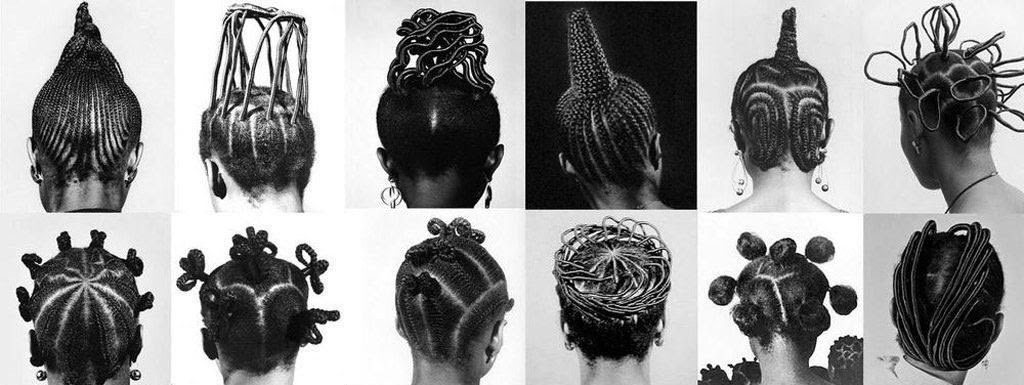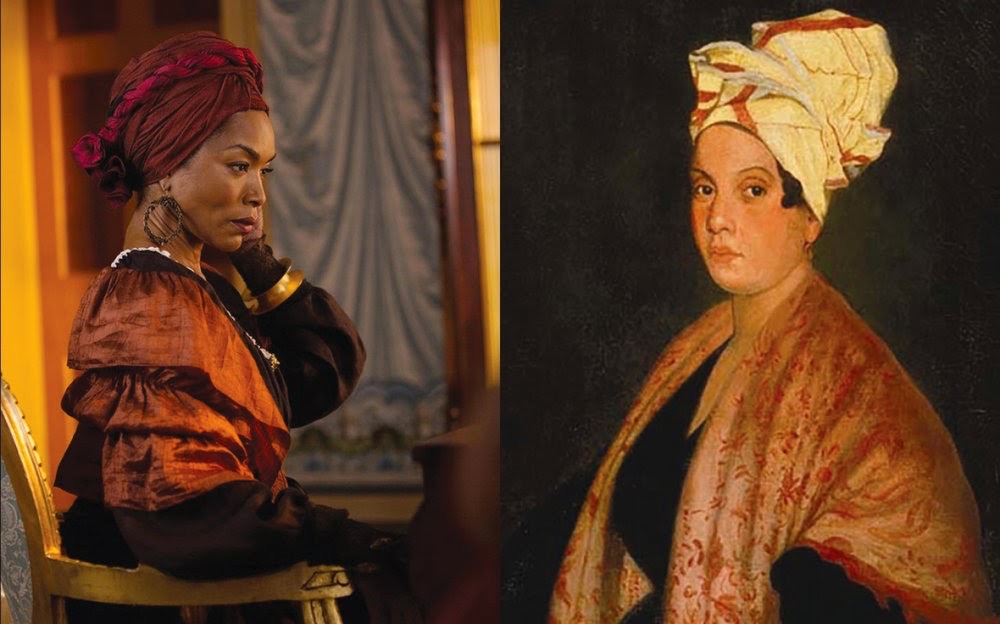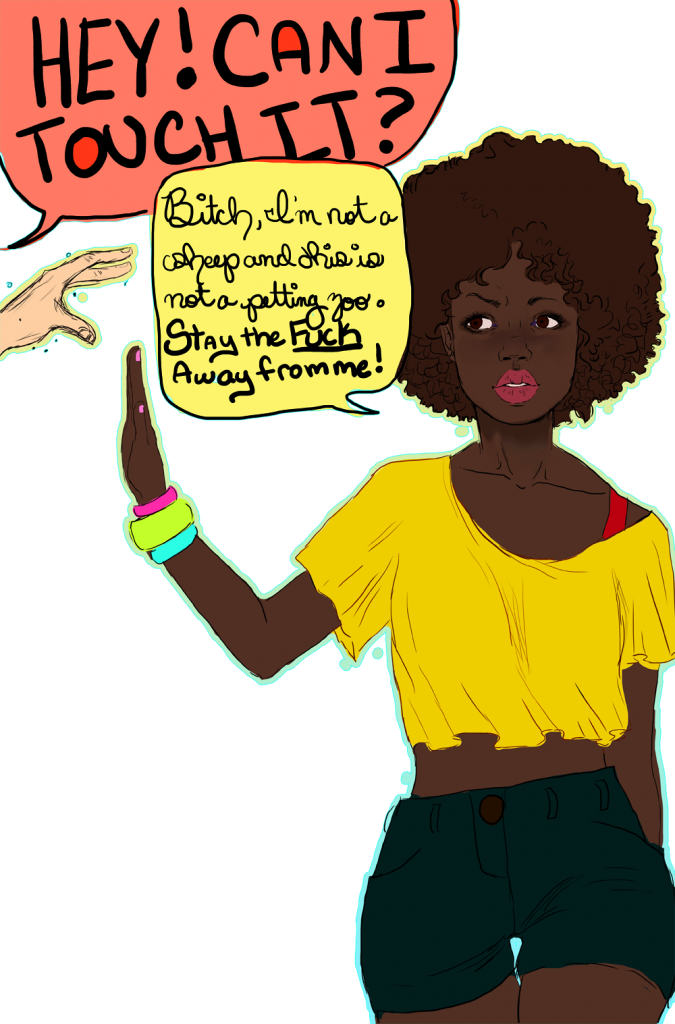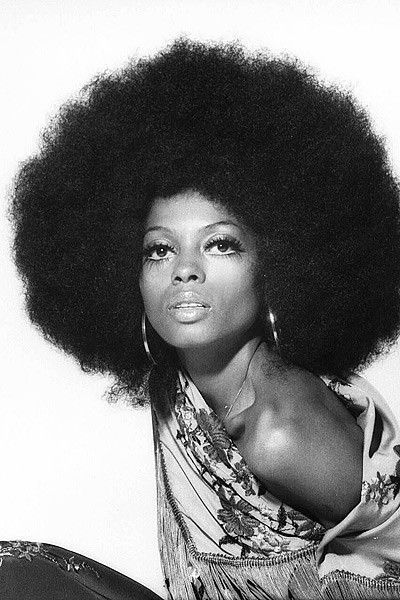My Hair-story
“Hair goes deeper than just a style or brush and go.”
Love and history of Black women’s hair.
By Legs Hershey
By Legs Hershey
Hair-story is bigger than you think, and it’s a big deal. Dealing with hair is a “love-hate relationship”. Black women’s hair is a work of art – it’s who we are. It’s a part of our identity and it speaks for us in different ways. It is something we love to show off – a way to show our character and personality. We have the ability to mold and shape it into different forms of all kinds. Starting from slavery and through modern times, our hair has told so much of our stories in our journey of life.
Let’s start back in time, in Africa. Hair styles originated from different ethnic groups from African tribes. Some tribes had the same hairstyles, showing their religion and beliefs. Other tribes had a variety of styles, which spoke for that individual. Hair grooming played a big part in status and identity. For example, different styles could indicate marriage, ethnicity, social rank, age, manhood, wealth, religion, and death. These are just a few to mention.




Some of these exotic hair styles took hours or even days to create. Men and women would use the time to socialize and create bonds. During slavery, they didn’t have access to combs. They had to improvise and work with what they had by using their hands or sheep brushes. To help mold and keep the hairstyles in place, Africans used natural herbs from trees, animal fat, oils, baking grease, butter, kerosene, and clay. Some of these ingredients were also used for hair growth over decades.

In 1691, the first slave ship came to Jamestown after being out to sea for three months. It was impossible for slaves to maintain hair care and hygiene. After being sold to slave masters, not only were the men’s heads shaved, they shaved the women’s hair as well. Their hair was too matted to even be combed. This was known as the “Unspeakable Crime”. Slave owners wanted to push their standards of “beauty” – fair skin, straight hair, and thin face features. Africans were brainwashed to believe that dark skin, kinky hair, and wider facial features were unattractive, worthless, ugly, and animal-like. Those slaves who were born with fine curly hair were typically the children of slave masters and plantation workers.


In the 1700s, free Black people were noticed and they mesmerized white people with their eye-catching hairstyles. It drew the attention of white men and the jealousy of white women. During the year of 1789, Tignon Law was established in Louisiana. This law required Black women to use fabric to cover their hair in public. White supremacists created the law hoping to draw less attention to African women, but instead it made them even more beautiful. This law lasted for over 20 years. Because of their uniqueness of skin and physique, Europeans put them on display in human zoos. When Louisiana stopped enforcing the law in the beginning of the 1800s, black women still wore the tignon, showing that they refused to allow a piece of cloth to humiliate them, erase their status, or diminish their femininity. The law was an attempt to silence black women but instead they used it as an opportunity for empowerment.

Black women had the freedom to be even more expressive with their hair and headwraps. Standing out even more in public now that the French had invented the metal hot combs in 1845. During that time hot combs weren’t popular yet, until a woman named Madame CJ Walker, also known as Sarah, came into the picture. CJ Walker was the first woman to become a self-made millionaire. In her young years she struggled with hair loss, which caused her husband to walk out on her. One day a woman named Addie appeared at her front door sealing hair growth products. Sarah’s hair grew back longer and thicker than before, bringing back her confidence. The remarkable results motivated Sarah to convince Addie to go into business with her. But Addie response to Sarah’s idea was “you don’t have the look, Sarah” convincing her that a light-skinned “pretty” woman with long hair could sell the product better than a dark-skinned “ugly” woman. Boy was she wrong. Madame sat in her kitchen for days, weeks and months trying to create her own hair-growth oil. Once she was successful, she offered her hair oil to women of color for free, proving that her product works. During the late 1800s, it was hard for women of color to get jobs because of their appearance. In her salon at home, Walker pushed the use of the hot comb and hair blow dryer. Helping a lot of women to go to school, get jobs, and become successful business women. Those three items pursued the look of long beautiful straight hair for women of color.

Madame CJ Walker’s dream was to provide a place for women of color to come together, share the experience of healthy hair care, and to offer a place of business for all colored women. Her salon at home was so successful, she even expanded her business to Harlem, NY in 1918, calling it Dark Tower. Along with her hair-growth oil, she extended her line by adding shampoo and conditioner. Walker helped improve the two products by removing one of the main ingredients, alcohol, which caused dryness to women of color’s hair.

These are just a few examples of women of color’s hair history. Hair goes deeper than just a style or brush and go. When you hear a woman of color make an excuse of not arriving somewhere, it most likely has to do with her hair not being done. The appearance of a woman is very important and her hair plays a big part of it. Most women style their hair based on their everyday schedule or lifestyle. As you can, see women of color are sensitive when it comes to our hair. Just understand why a woman of color would be offended when someone ask to touch our hair after all the hard work we put into it. We embrace our hair and the natural beauty of it.
